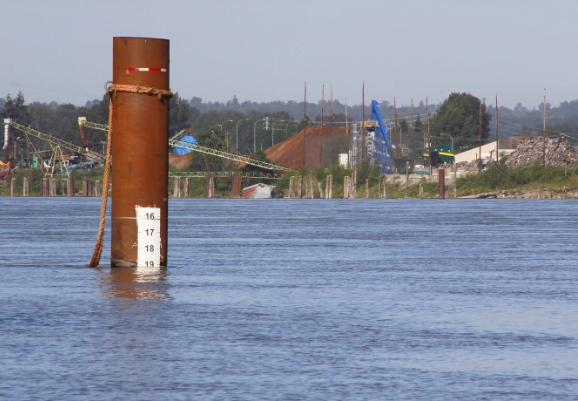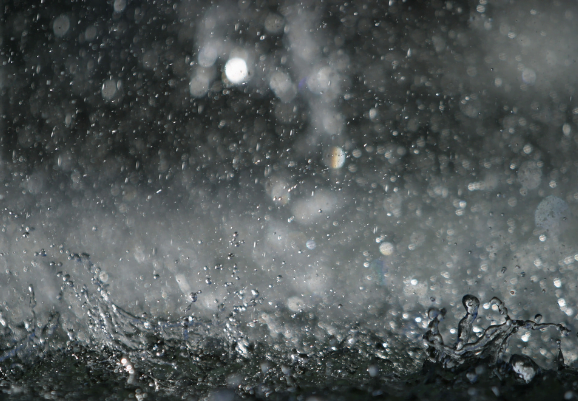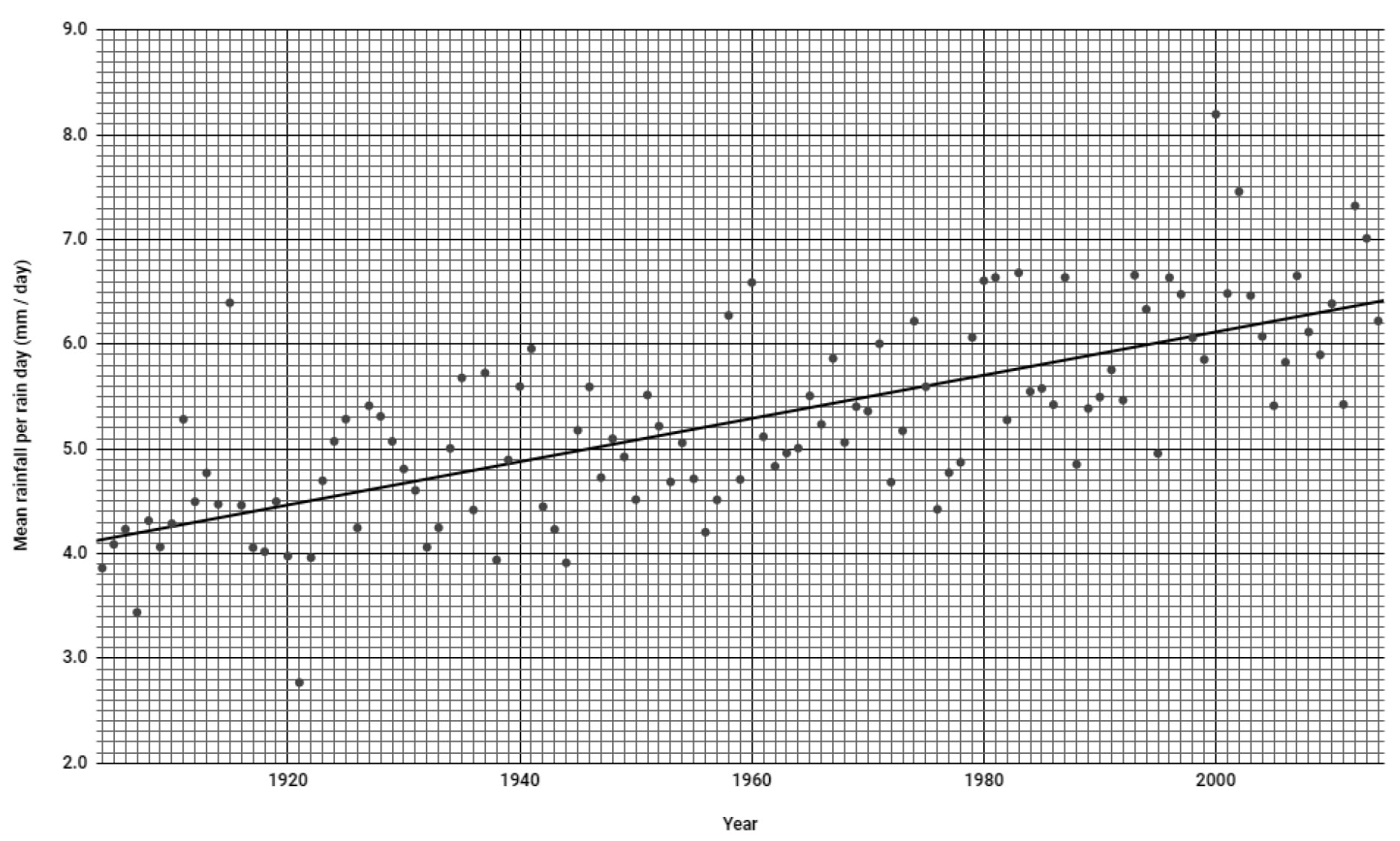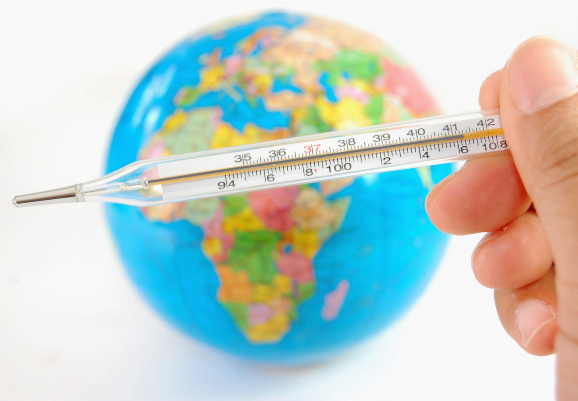![]() Global warming will affect the world’s annual fishing catch.
Global warming will affect the world’s annual fishing catch.
In a world heated by a global warming of 2°C, the annual fishing catch will decrease by 3.3 million tonnes.
In a world heated by a global warming of 1.5°C, the annual fishing catch will decrease by 1.5 million tonnes.
Express the reduction of the annual fishing catch in a world warmed by 2°C as a fraction of the reduction in annual fishing catch in a world warmed by 1.5°C.
Give your answer in its simplest form.
[2 marks]














